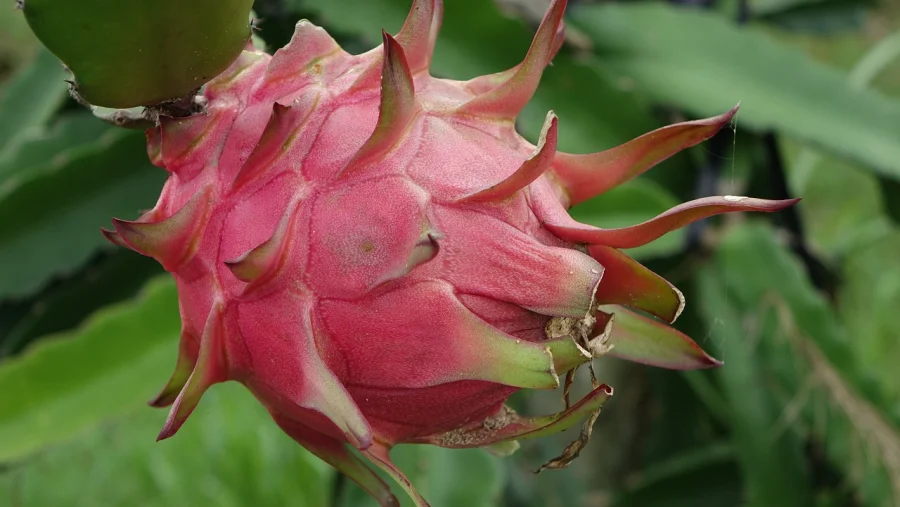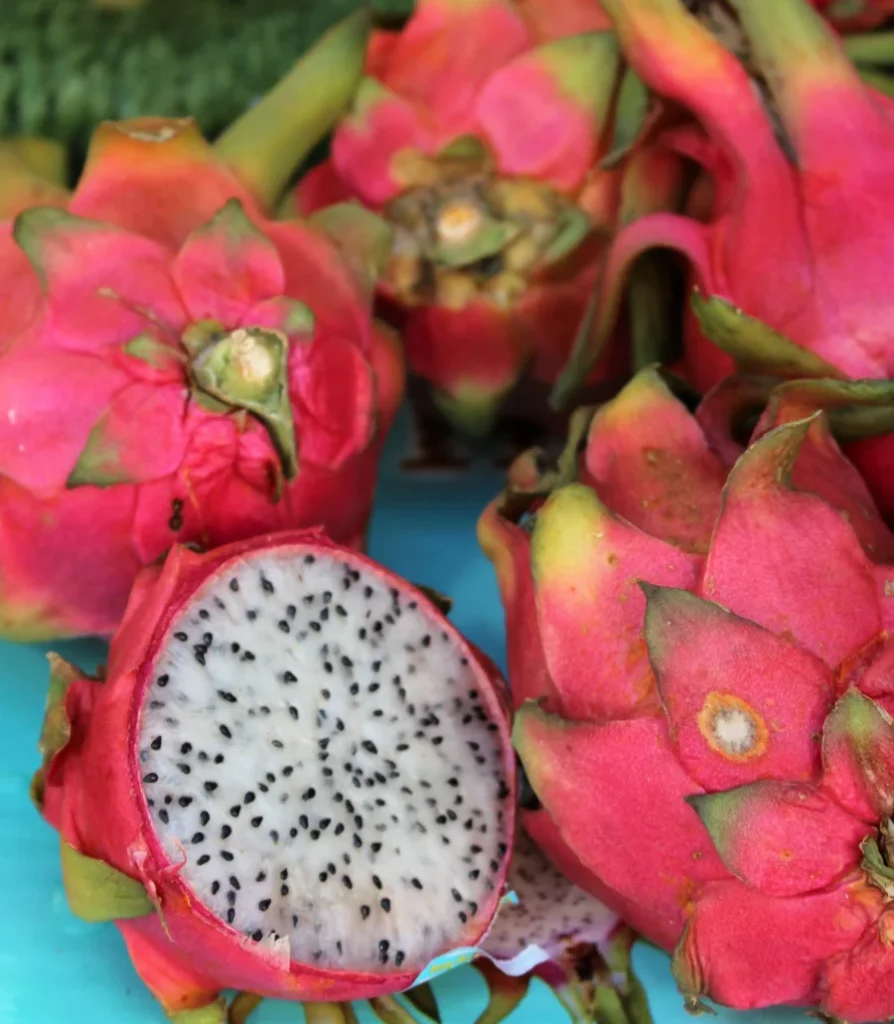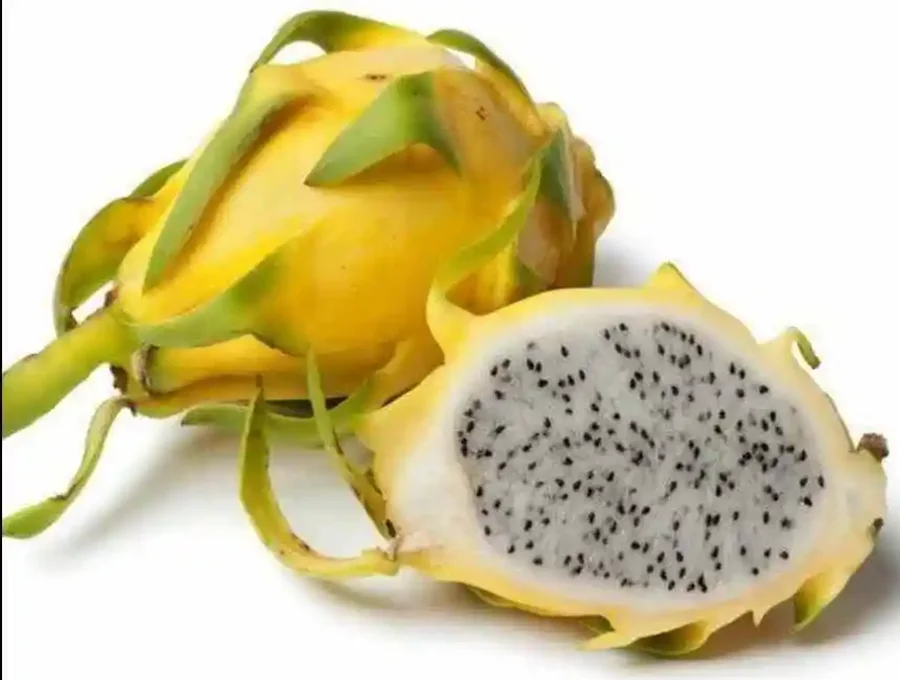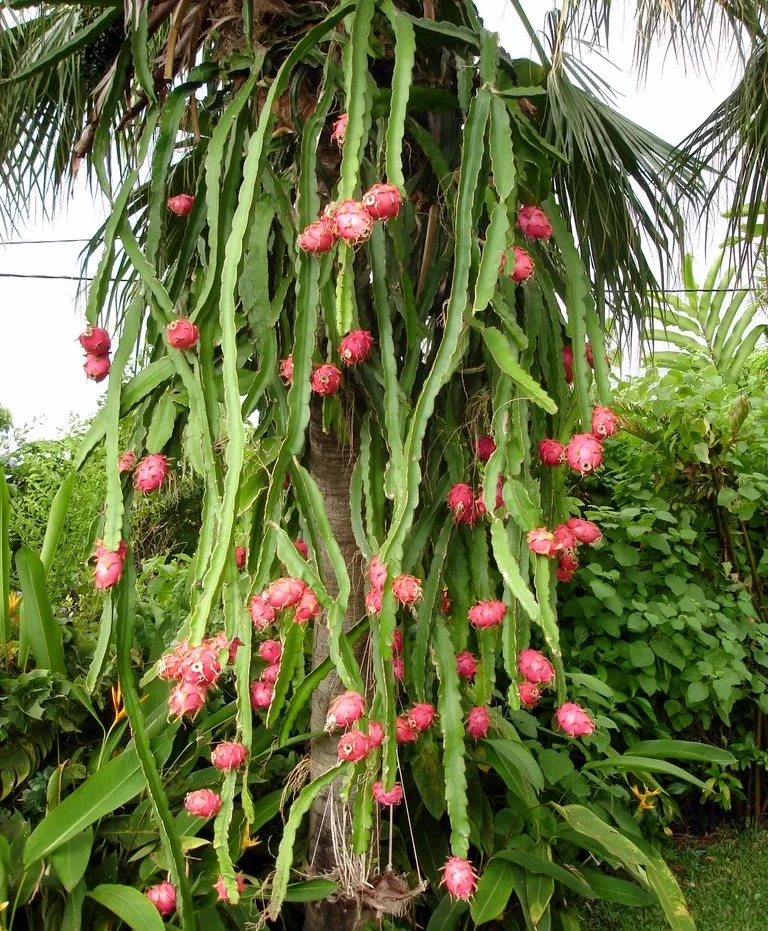
Instantly recognizable by its stunning appearance, dragon fruit, also known scientifically as Pitaya or Pitahaya, is a tropical fruit belonging to the cactus family.
Its vibrant pink or yellow skin, adorned with green scale-like bracts, gives it a mythical look reminiscent of dragon scales, hence its common name. Inside, the flesh, typically white or red and speckled with tiny black edible seeds, offers a subtly sweet and refreshing taste.
This visually captivating fruit is rapidly gaining popularity worldwide, transitioning from a niche exotic item to a sought-after component in healthy diets.
It’s becoming clear that dragon fruit is far more than just a pretty face; it’s increasingly recognized as an exotic superfood, a term referring to nutrient-rich foods, often originating from specific regions, prized for their concentrated health benefits and unique properties.
Its allure lies in this combination of unique aesthetics, refreshing flavor, and a surprising wealth of nutritional advantages.
Origins and Varieties
The story of dragon fruit begins in the arid regions of Central and South America, with Mexico often cited as a primary point of origin. Indigenous peoples in these areas consumed it for centuries.
Following European exploration and colonization, the fruit began its journey across the globe. It found particularly fertile ground, both literally and culturally, in Southeast Asia, where countries like Vietnam, Thailand, the Philippines, and Malaysia are now among the world’s largest producers.
Several varieties exist, primarily differing in skin and flesh color: the most common has pink skin and white flesh (Hylocereus undatus).

Another popular type boasts pink skin with vibrant red or pink flesh (Hylocereus costaricensis or polyrhizus).

Third type features yellow skin with white flesh (Hylocereus megalanthus, often classified as Selenicereus megalanthus), which is generally considered the sweetest.

Nutritional Benefits
Dragon fruit earns its “superfood” title through its impressive nutritional profile. It is relatively low in calories but packed with essential vitamins, minerals, and beneficial plant compounds.
It’s a good source of Vitamin C, crucial for bolstering the immune system and promoting skin health. The fruit also provides important minerals like iron, necessary for oxygen transport in the blood, and magnesium, involved in hundreds of biochemical reactions in the body.
Furthermore, dragon fruit is rich in dietary fiber, which aids digestion, helps maintain stable blood sugar levels, and contributes to a feeling of fullness. Perhaps most significantly, it’s loaded with antioxidants, including flavonoids, phenolic acid, and betacyanins (which give the red varieties their color).
These compounds help protect cells from damage caused by unstable molecules called free radicals, potentially reducing the risk of chronic diseases like heart disease and cancer. The fiber in dragon fruit also acts as a prebiotic, feeding beneficial bacteria in the gut and promoting a healthy digestive system.
Cultivation and Growth
Dragon fruit grows on a climbing cactus plant belonging to the Hylocereus or Selenicereus genera. These plants thrive in tropical and subtropical climates that are warm, receive moderate rainfall, and offer well-draining soil.
They are sensitive to frost and excessive waterlogging. As climbing cacti, they require support structures like trellises, posts, or walls to grow vertically. One of the most fascinating aspects of dragon fruit cultivation is its flowering habit.

The plants produce enormous, fragrant white flowers that bloom only at night, often for just a single night. In their native habitat, they are typically pollinated by nocturnal creatures like moths and bats.
In commercial cultivation, hand-pollination is sometimes necessary, especially for certain varieties or in regions lacking natural pollinators, to ensure fruit set. Once pollinated, the flower base swells and develops into the characteristic fruit, which is typically ready for harvest when its skin achieves full, vibrant colour.
Culinary Uses
The mild, slightly sweet flavour and unique texture of dragon fruit make it a versatile ingredient in the kitchen. The most common way to enjoy it is fresh; simply cut the fruit in half lengthwise and scoop out the flesh with a spoon, discarding the leathery skin.

The crunchy black seeds are edible and add a texture similar to kiwi fruit. Fresh dragon fruit chunks are excellent additions to fruit salads, yogurt bowls, or breakfast parfaits.
Its vibrant color, especially the red-fleshed variety, makes it a popular ingredient for visually appealing smoothies, juices, and cocktails. It can also be blended into sorbets, ice creams, or used as a topping for desserts like cheesecakes and puddings.
While less common, dragon fruit can even find its way into savory dishes, such as vibrant salsas or salads, where its refreshing quality provides a pleasant contrast.
Economic and Environmental Impact
The rising global demand for dragon fruit has significant economic implications, particularly for tropical countries where it is cultivated. It provides a valuable source of income for farmers and contributes to agricultural exports, boosting local and national economies.
For smallholder farmers, it can offer a chance to diversify crops and tap into a growing international market. From an environmental perspective, dragon fruit cultivation can be relatively sustainable. As cacti, the plants are generally more drought-tolerant than many other fruit crops, potentially requiring less water, which is a significant advantage in water-scarce regions.
However, like any agricultural activity, large-scale commercial farming can have impacts. Considerations include land use changes for establishing plantations, water management practices in intensive farming systems, and the carbon footprint associated with transporting the fruit over long distances to meet global demand.
Sustainable farming practices are crucial to mitigate potential negative environmental effects.
Fun Facts and Cultural Significance
Beyond its taste and nutrition, dragon fruit is surrounded by interesting facts and cultural associations.
- Night Owl Flower: Its spectacular flowers bloom only at night, earning it nicknames like “Queen of the Night” or “Moonflower.”
- Mythical Name: The name “dragon fruit” comes directly from its appearance – the scaly outer skin resembling that of a mythical dragon.
- Cactus Kin: It is indeed a member of the cactus family, closely related to the prickly pear.
- Seed Power: The tiny black seeds are not just edible but also contain healthy fats and small amounts of nutrients.
- Cultural Resonance: In some Asian cultures, the fruit, particularly the red varieties, is sometimes associated with prosperity and good fortune, often given as gifts during festive occasions. It has also been used in traditional medicine practices in various cultures, although scientific validation for many such uses is ongoing.

Conclusion
Dragon fruit is a remarkable example of nature’s artistry and bounty. From its origins in the Americas to its current status as a globally cherished superfood, its journey is as fascinating as its appearance.
Offering a unique blend of visual appeal, refreshing taste, and substantial health benefits – including vital nutrients and potent antioxidants – it truly lives up to its growing reputation.
Whether enjoyed fresh, blended into a vibrant smoothie, or used as a colorful culinary accent, dragon fruit provides a delicious and healthful way to add an exotic touch to our diets. It stands as a testament to the incredible diversity of the plant kingdom and the wonderful discoveries that await in the world of fruit.
Q&A
Who is dragon fruit good for?
Dragon fruit is a healthy choice for almost anyone looking to add more nutrients to their diet! It’s packed with fiber, antioxidants (like Vitamin C), and essential minerals. Its nutrients support digestive health, boost the immune system, and contribute to overall well-being, making it a great, low-calorie addition for those focused on hydration and balanced eating.
Can you eat dragon fruit raw?
Absolutely! Eating dragon fruit raw is the most common and recommended way to enjoy its subtle flavor and unique texture. Simply slice the fruit lengthways or crossways and scoop out the flesh with a spoon, much like a kiwi. The tiny black seeds are completely edible, but the leathery pink or yellow skin should be discarded.
What does a dragon fruit taste like?
Dragon fruit offers a subtly sweet and refreshing taste, often described as a mild blend between a kiwi and a pear. The texture is generally soft and somewhat watery, similar to a melon or kiwi, dotted with tiny, edible black seeds that provide a gentle crunch like those in a kiwi. Its delicate flavor makes it refreshing rather than intensely sugary.
Why does dragon fruit make me sleepy?
While not a widely reported effect, one potential explanation involves magnesium. Dragon fruit contains this mineral, which is known to play a role in muscle relaxation and supporting healthy sleep patterns. However, the amount in a standard serving is generally not high enough to induce drowsiness in most individuals. Feeling sleepy could also relate to individual sensitivity, overall diet, or simply the relaxing effect of enjoying a healthy snack.